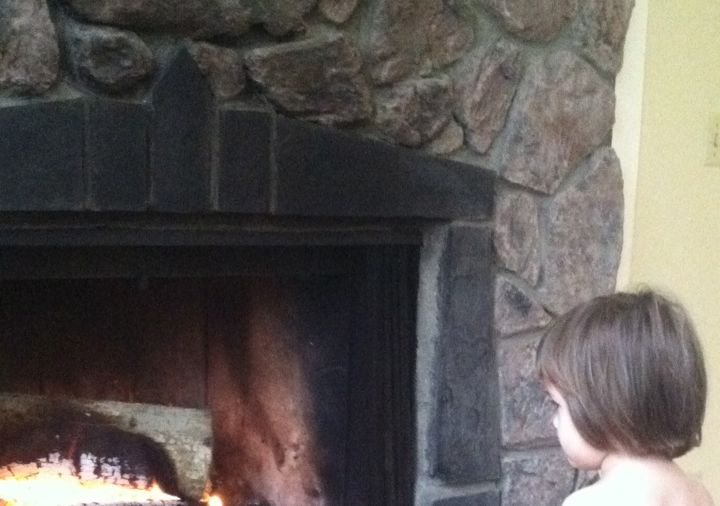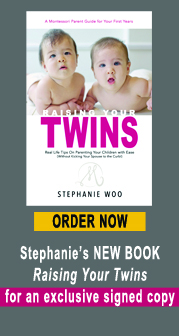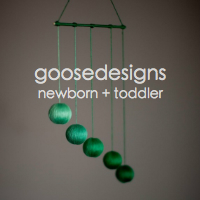How to React to an Angry Toddler Who Spits and Throws Things
It was bathtime. B and M are sitting in the bathtub while I’m reaching in to brush M’s teeth. She shakes her head from left to right and back again to dodge the toothbrush. I give up. She then takes her bath spray bottle and starts spraying first Brooke, then me. I say sternly, “You can spray water at the wall, but not at people.” Then she opens the bottle, takes a sip and spits the water out of the bathtub onto my feet. “No. Spitting. Water.” I say even more loudly. She throws the spray bottle on the floor, turns her head toward the wall and refuses to look at me.
I was about to blow up when I stopped myself. Something was off. This was not a matter of setting more boundaries. She was doing this on purpose. Then a voice from somewhere reminded me: Connection Before Correction.
I picked her up out of the bathtub (we have a rule that when you pour water outside of the tub, you get taken out). She starts to resist, but then, I get really close to her cheek and start sniffing exaggeratedly. “Hmmm…your cheeks smell good!” She smiles. I then take her feet and put it right up to my nose, “Do your feet smell good?” She laughs. I then bend her over to smell her back. She squeals with delight. Then she gives me her arm to smell. Then her hair. “Smell, Mama!” We play and play. I finally give her a huge hug, look her in the eyes and tell her that she is delicious-smelling all over.
I pick up her toothbrush. Without me saying a word, she opens her mouth and waits. I take the opportunity and give her a thorough flossing and brushing (I do this twice a week and let them brush their own teeth the other days). She then puts on her pajamas, runs off to play and is completely absorbed in independent Lego-building till I announce that it’s bedtime.
In those moments of anger and frustration, I often want to go the route of yelling and punishing. I mean, don’t you? On bad days, I’m already yelling before I can stop myself. But over and over, I’ve witnessed just how ineffective it is. It may work for a few moments, but then it’ll just pop up somewhere else.
It turns out nothing works as well as connecting – I mean the genuine kind where you are fully present while playing, tickling, hugging, kissing, loving them. 5 minutes of it, and I find the children often go off to do their own thing: happy, fulfilled and satisfied.










